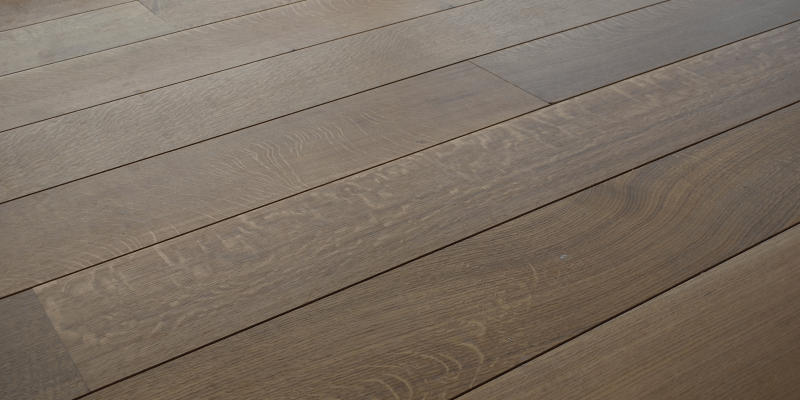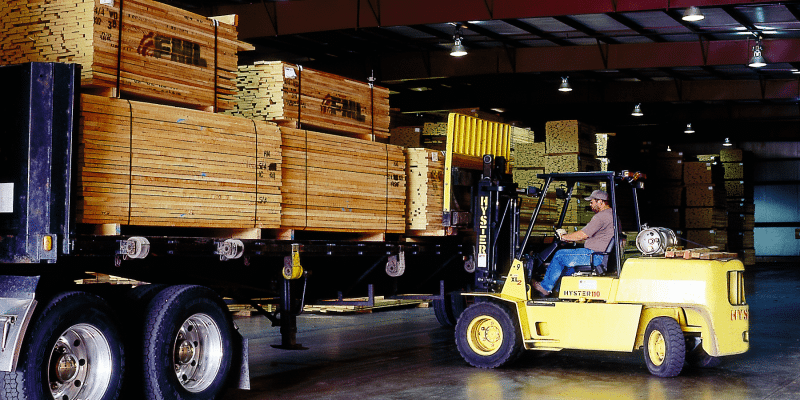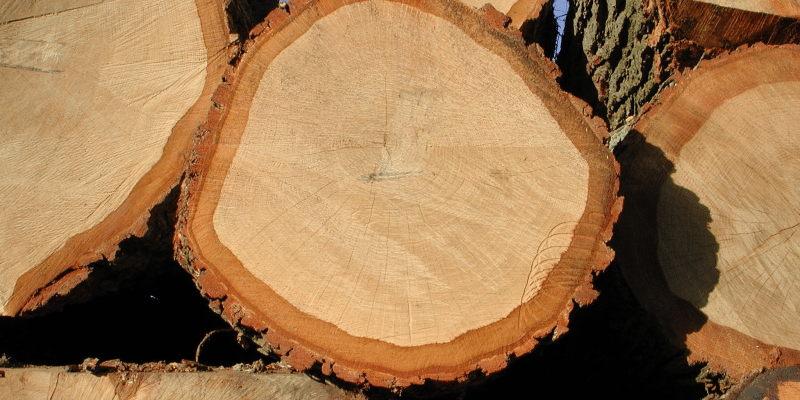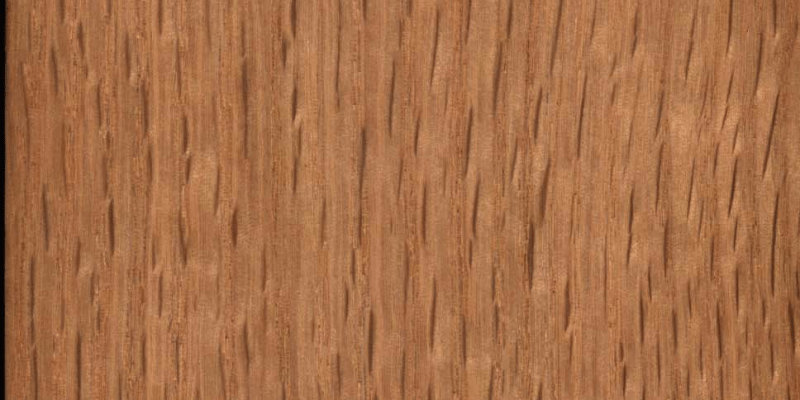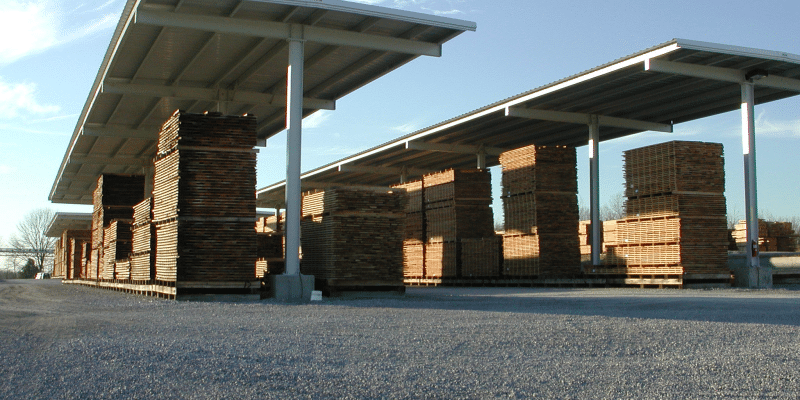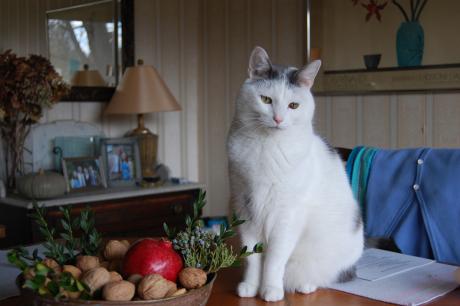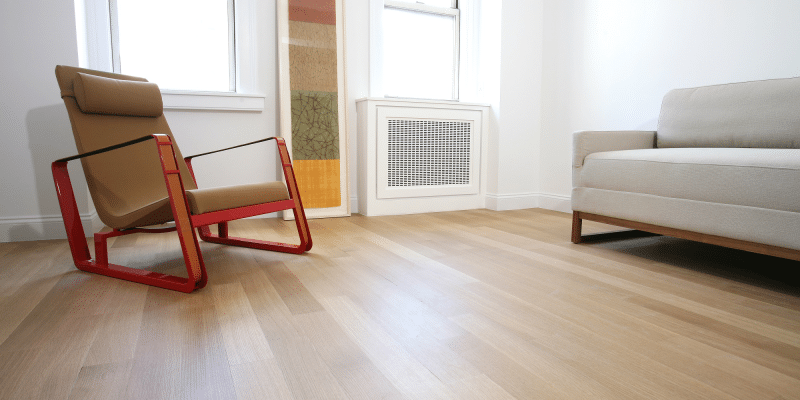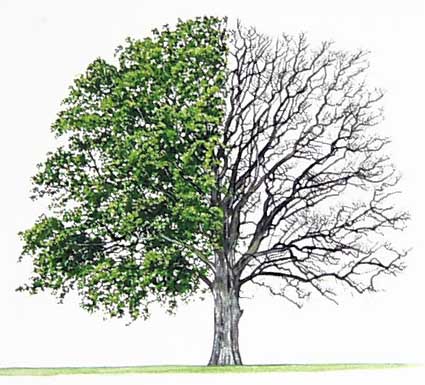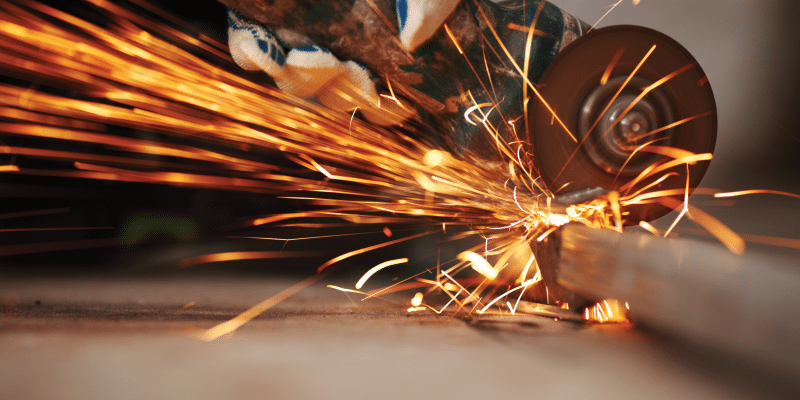KNOWLEDGE IS POWER
I am often reminded of a cartoon I saw years ago of a Gatling gun salesman trying to talk to a Commander on a medieval battlefield where a war is being fought with arrows and swords. The Commander says something like “I don’t have time to talk to a salesman, I have a battle to fight”.
Getting the opportunity to speak to a group of architects can be an arduous task, involving many phone calls and emails, often spanning months. In my situation I am not “selling” a thing you can look up in a catalog. I am, rather, presenting the story of the finest sustainable American hardwood for cabinetry, flooring, millwork and furniture – Quartersawn. Once I have actually scheduled a presentation, I find that my audiences are attentive, polite and very grateful for the information I present. I talk about the sustainability of American hardwoods, its carbon sequestration and the beauty and durability of Quartersawn in varied applications. The thread that ties it all together is the truth. I always tell my audiences that I serve as someone upon whom they can call to get truth about specifications for hardwoods. If I am approached to give advice about American hardwoods in design and the application is simply not compatible with the nature of the species in question, I will tell them so. Architects and Designers can’t be experts in every material with which they work, so I offer that resource for free to help them make good decisions at the beginning of the project.
I tell a wonderful story about American Hardwoods that needs no white lie embellishments. For example, I was in a meeting in New York recently discussing the specifications for 300,000 square feet of Quartersawn White Oak flooring for a building. The specification was for one width, all color and grain matched flooring to be produced in 26 months. I did some rough math and told the person with whom I was meeting that their specification represented about .0001 % of any Quartersawn log, so the specification was impossible to meet in that time frame, if ever. He was grateful that I told him the truth, as he had two flooring companies tell him that they could deliver that flooring according to the specification. This may have been wishful thinking on their part.
The architecture and design community face a barrage of product information, some of which can be misleading, causing problems during the final execution of their project. What they want to hear once they have granted me access to their office and precious time is true and valuable information, which I am honored to offer.

